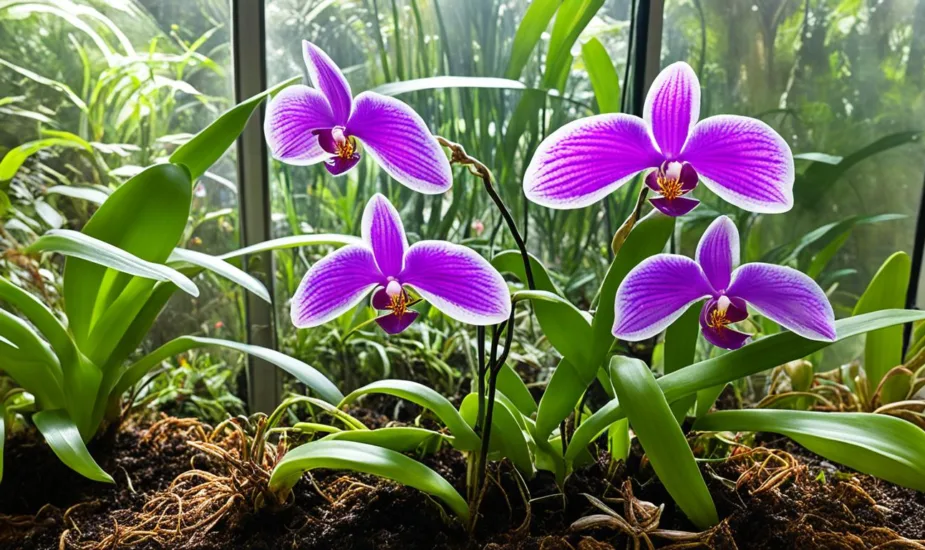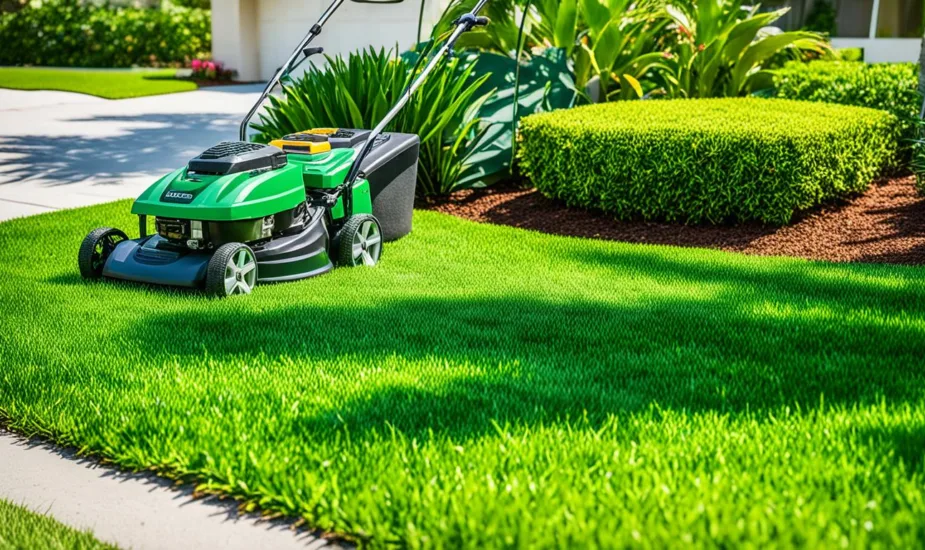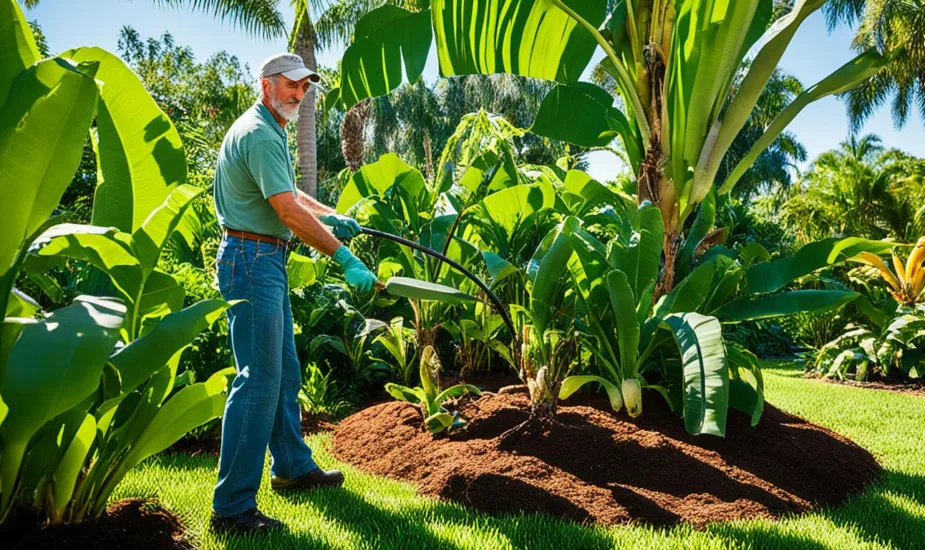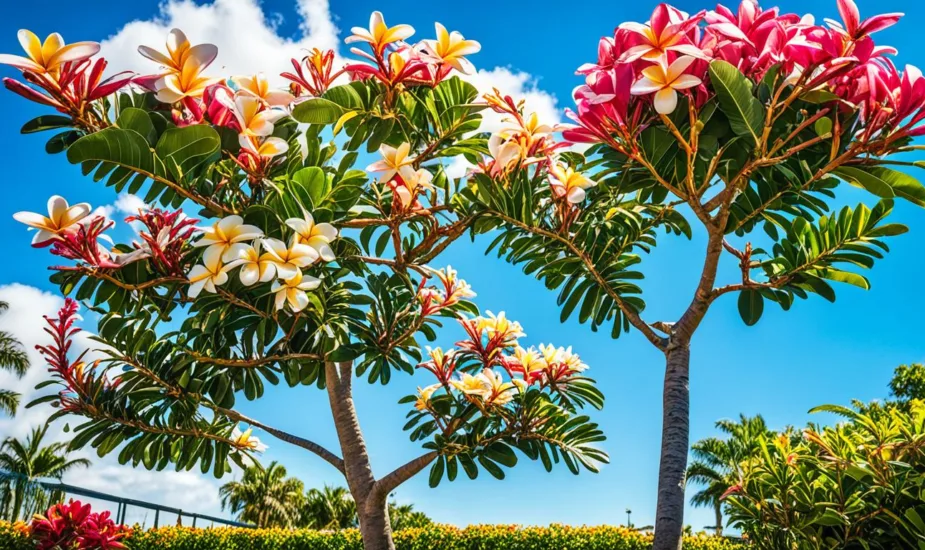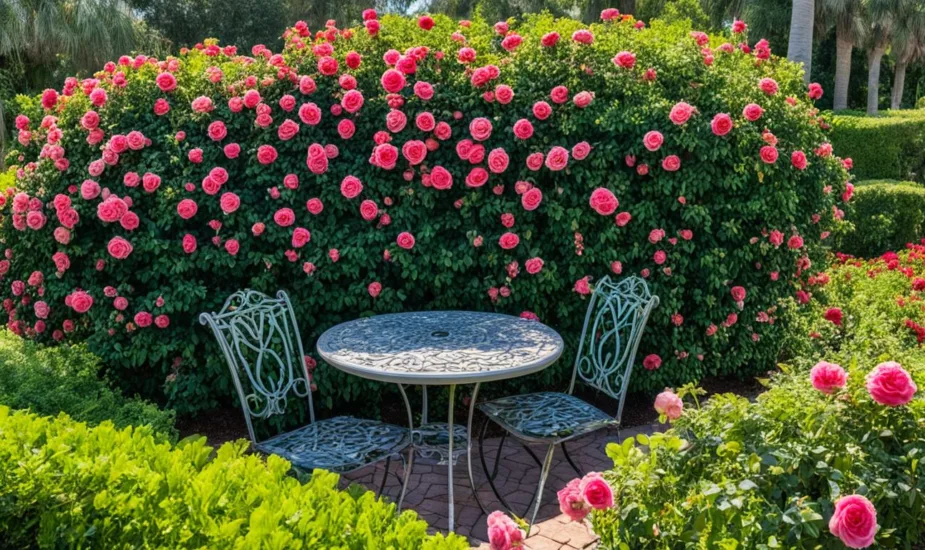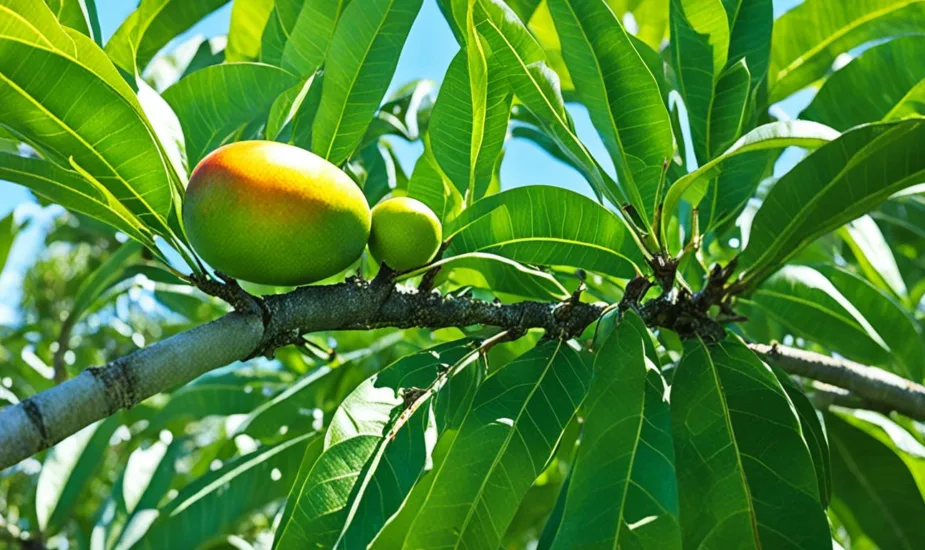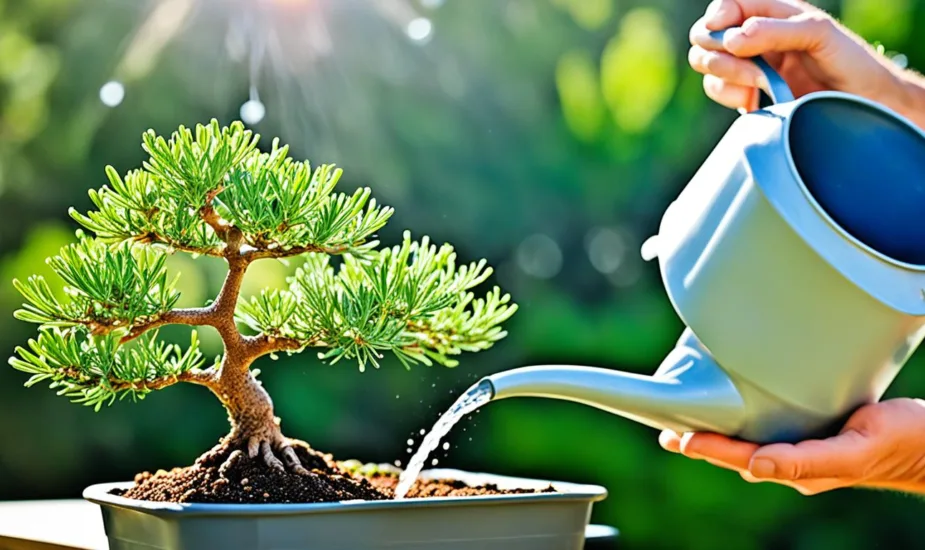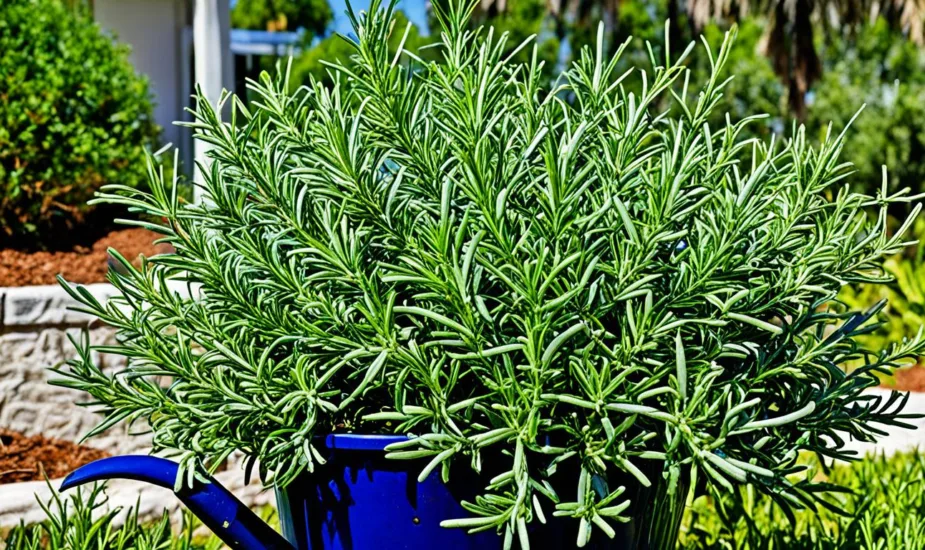Florida Tulip Care Guide: Tips for Vibrant Blooms
As a florist and avid gardener in sunny Florida, I have always been drawn to the beauty and elegance of tulips. Their vibrant hues and delicate petals can transform any garden into a floral masterpiece. However, I quickly learned that tulips require special care in the Florida climate to ensure they thrive and display their full glory.
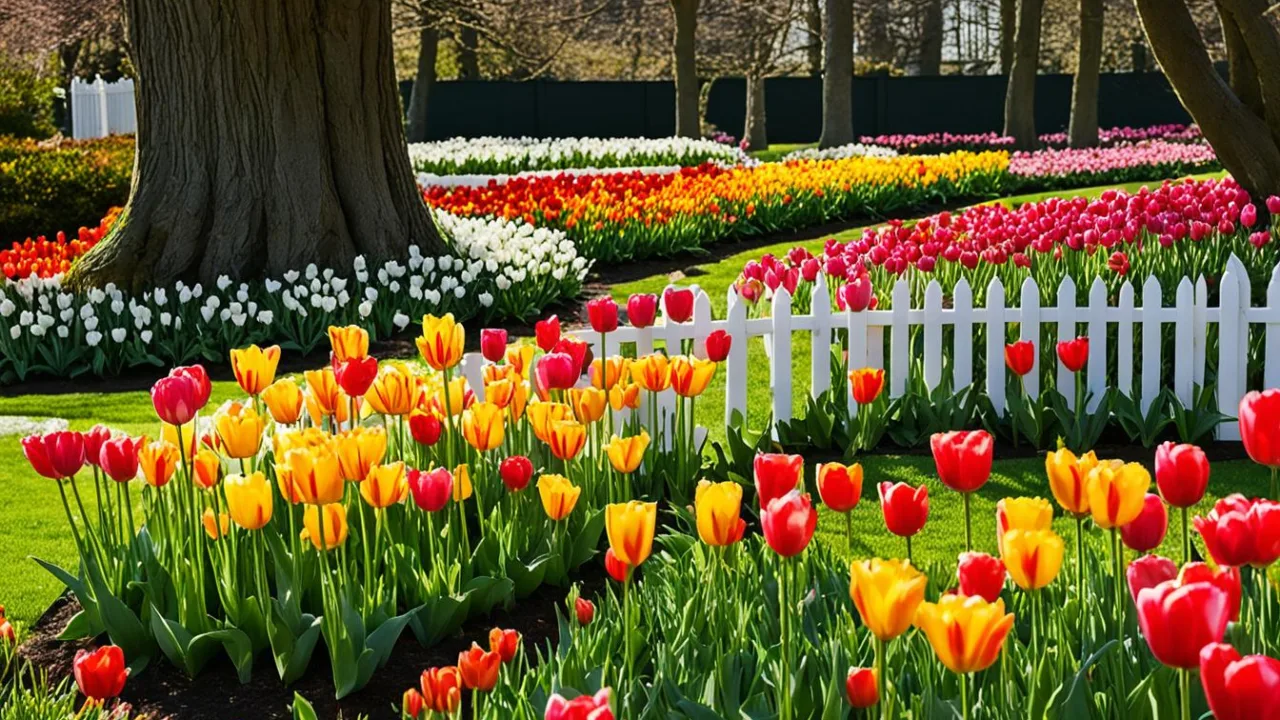
One year, I decided to plant a variety of tulip bulbs in my garden. Excitement filled my heart as I imagined the stunning display of colors that would soon grace my flower beds. I meticulously followed all the planting instructions I had read, carefully selecting a sunny spot and ensuring well-drained soil. I eagerly awaited the arrival of spring and the emergence of my precious tulips.
Spring finally arrived, and my garden burst into bloom with an array of daffodils, hyacinths, and crocuses. However, to my dismay, there was no sign of the tulips. While I admired the other flowers, I couldn’t help but feel a sense of disappointment and wondered what had gone wrong.
After some research and speaking to fellow gardening enthusiasts, I discovered that tulips have specific needs and are not as tolerant of the Florida climate as some other spring flowers. This revelation sparked a determination in me to uncover the secrets of successful tulip care in Florida.
I delved into the world of tulip care, learning about the importance of selecting the right varieties, planting them at the correct time, and providing the optimal conditions for their growth. Armed with this newfound knowledge, I decided to give tulips another chance in my garden.
The following fall, I carefully selected tulip varieties known for their ability to withstand warmer temperatures. I chose ‘Olympic Flame’, ‘Peppermint Stick’, ‘Negrita’, and ‘Spring Green’ as my chosen beauties. With great anticipation, I planted them in a well-drained, sunny bed, making sure to provide them with the necessary nutrients and consistent moisture.
The moment of truth arrived in the spring, and to my delight, my garden was transformed into a tapestry of vibrant tulip blooms. The hard work and dedication had paid off, and the sight brought joy to my heart. From that day forward, tulips have become a staple in my Florida garden, reminding me of the resilience and beauty that can be found in nature.
If you, like me, are captivated by the allure of tulips and want to bring their vibrant blooms to your Florida garden, then this guide is for you. In the following sections, I will share valuable tips and best practices for successful tulip care in the Florida climate. With the right knowledge and techniques, you too can enjoy the breathtaking beauty of tulips in your own garden.
Key Takeaways:
- Choosing the right tulip varieties that are more tolerant of warmer temperatures is essential for success in the Florida climate.
- Plant tulip bulbs in the fall, around 6 to 8 weeks before the ground freezes, and provide them with a well-drained, sunny location.
- Regular watering, applying fertilizer, and deadheading spent flowers are crucial for maintaining healthy tulips in Florida.
- Consider growing tulips in containers for better control of the growing environment.
- Stay vigilant for pests and diseases that can affect tulips in Florida and take appropriate measures to prevent their spread.
Planting Tulip Bulbs in the Fall for Spring Blooms
When it comes to planting tulip bulbs in Florida, timing is crucial to ensure vibrant blooms in the spring. It is best to plant tulip bulbs in the fall, approximately 6 to 8 weeks before the ground freezes. This usually falls around late October or November in Florida.
Tulips thrive in sunny locations, so it is important to choose a site with full or afternoon sun for planting. The soil should be well-draining, neutral to slightly acidic, and fertile to provide an optimal growing environment for the bulbs.
The planting depth of tulip bulbs is an essential factor affecting their growth and development. It is recommended to plant the bulbs about 8 inches deep in the soil. This depth provides insulation against extreme temperatures and encourages strong root development.
Spacing the tulip bulbs properly is equally important. Aim to space the bulbs 4 to 6 inches apart to allow sufficient room for each bulb to grow and flourish.
After planting the tulip bulbs, it is crucial to water them thoroughly. This initial watering helps to settle the soil around the bulbs and initiates the growth process. Additionally, providing a layer of mulch around the bulbs can offer insulation during the winter months and protect them from temperature fluctuations.
Tulip Care and Maintenance Tips for Florida Climate
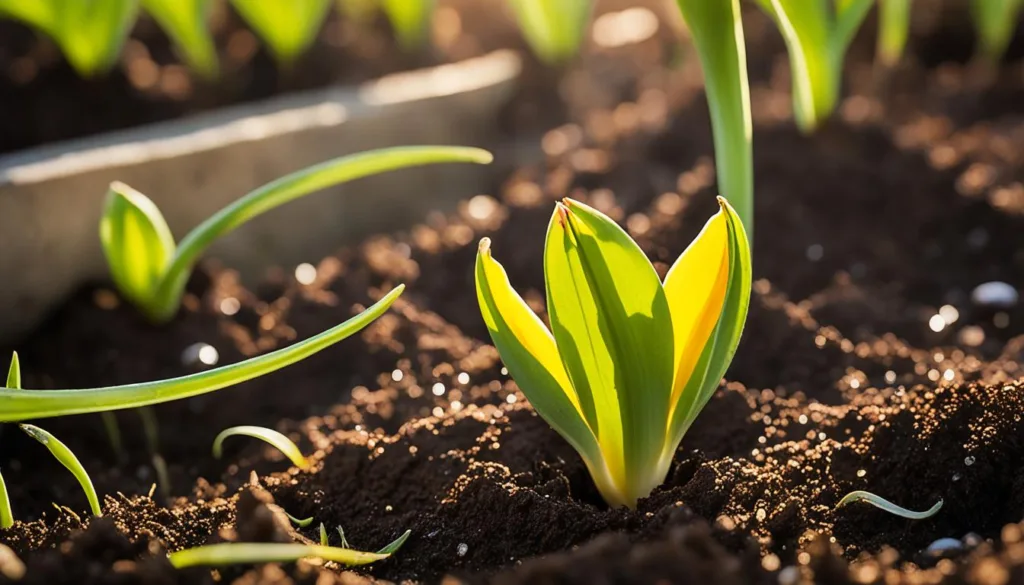
Providing proper care and maintenance is crucial for the success of tulips in the Florida climate. Tulips prefer a cooler climate, so it’s important to choose tulip varieties that are more tolerant of warmer temperatures. Regular watering is essential, especially during dry spells, as tulips need consistent moisture.
Applying a balanced fertilizer in the fall when planting and in early spring when growth starts can help provide the necessary nutrients for healthy blooms. Deadheading spent flowers and allowing the leaves to remain on the plants for about 6 weeks after flowering can help the tulips gather energy for the following year.
Choosing Tulip Varieties Tolerant of Warm Temperatures
When selecting tulip varieties for your Florida garden, opt for those that are more tolerant of the warmer climate. Some tulip varieties that perform well in Florida include:
- ‘Olympic Flame’
- ‘Peppermint Stick’
- ‘Negrita’
- ‘Spring Green’
These varieties are bred to withstand warmer temperatures and can still provide beautiful blooms in the spring.
Tulip Care Tips for Florida Climate:
- Choose tulip varieties that are tolerant of the warmer Florida climate.
- Water tulips regularly, especially during dry spells. Consistent moisture is essential for healthy growth.
- Apply a balanced fertilizer in the fall during planting and in early spring when growth begins.
- Deadhead spent flowers to redirect energy and allow the leaves to remain on the plant for about 6 weeks after flowering.
Following these tips will help ensure your tulips thrive in the Florida climate, providing you with vibrant blooms year after year.
Choosing the Right Tulip Varieties for Florida Gardens
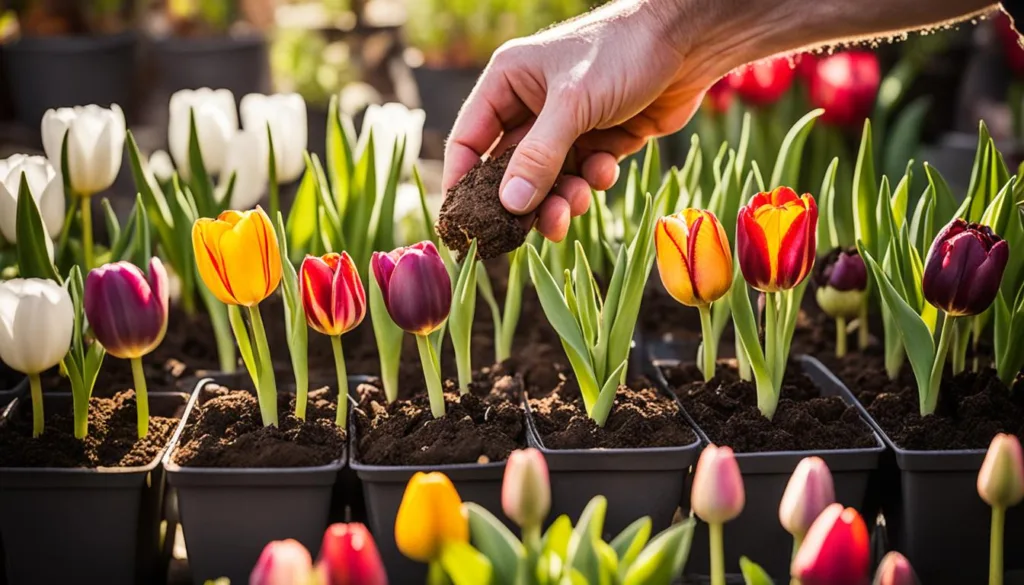
When it comes to growing tulips in Florida, selecting the right varieties is essential for success. Here are a few tulip varieties that thrive in the Florida climate:
- ‘Olympic Flame’: This vibrant red tulip variety adds a burst of color to any garden. It is known for its strong stems and large, showy blooms.
- ‘Peppermint Stick’: With its unique striped petals, this tulip variety is a standout in any garden. It is a vigorous grower and can withstand the warmer temperatures of Florida.
- ‘Negrita’: This deep purple tulip variety is a classic choice for adding elegance to your garden. It has strong stems and flowers that hold up well in the Florida heat.
- ‘Spring Green’: If you’re looking for a tulip variety with a twist, ‘Spring Green’ is a great choice. Its white petals are edged with green, creating a stunning contrast.
Additionally, considering species tulips can be a good option for Florida gardens. These tulips are smaller and tougher than the hybrid varieties, making them more suited to the Florida climate. Some popular species tulips include Tulipa clusiana, Tulipa linifolia, and Tulipa tarda. These tulips come in a variety of colors and add a charming touch to any garden.
By selecting tulip varieties that are more tolerant of warmer temperatures, you can ensure a successful and colorful tulip display in your Florida garden.
If you’re unsure which tulip varieties to choose, consult with a local garden center or nursery. They can provide guidance specific to the Florida climate and help you select tulips that will thrive in your garden.
Growing Tips for Tulips in Florida
To give your tulips the best chance to thrive, follow these gardening tips:
- Choose a location with full or afternoon sun, as tulips need plenty of light to grow and bloom.
- Plant the tulip bulbs in well-draining soil that is neutral to slightly acidic.
- Space the bulbs 4 to 6 inches apart and plant them about 8 inches deep.
- Water the bulbs right after planting and provide a layer of mulch to protect them during the winter months.
- Use a balanced fertilizer when planting and again in early spring to provide the necessary nutrients for healthy growth.
- Allow the tulip leaves to remain on the plants for about 6 weeks after flowering. This allows the bulbs to gather energy for the following year.
By following these tulip gardening tips, you can create a beautiful and vibrant tulip display in your Florida garden.
Tips for Growing Tulips in Containers in Florida
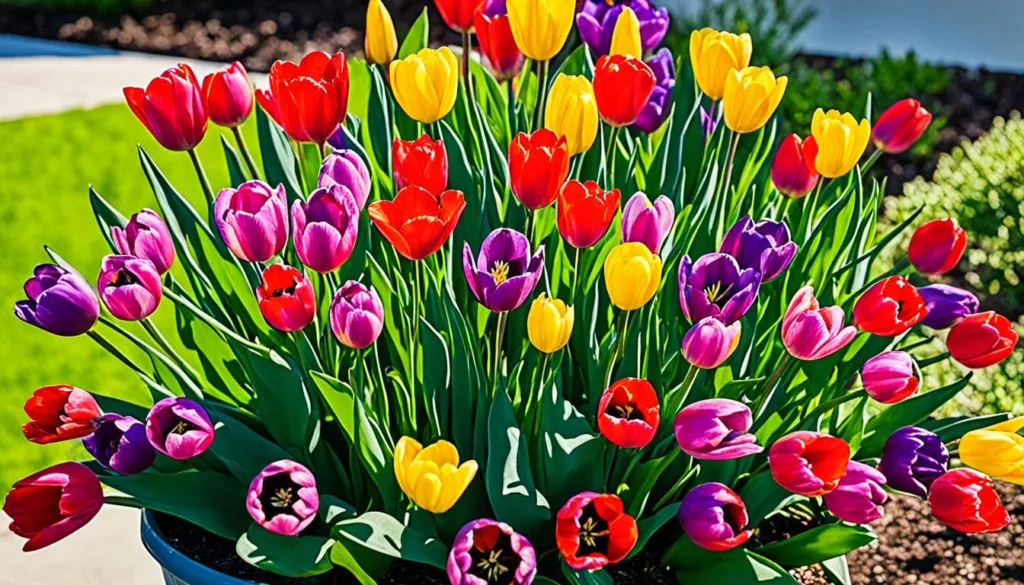
Growing tulips in containers can be a great option for Florida gardens, as it allows for better control of the growing environment. Whether you have limited space or simply prefer the flexibility of container gardening, you can still enjoy beautiful tulip blooms in your Florida garden.
When planting tulip bulbs in containers, there are a few key considerations to keep in mind:
- Choose the right container: Select a pot with multiple drainage holes to ensure proper water drainage. This will prevent the bulbs from sitting in waterlogged soil, which can lead to rot. A container with a diameter of at least 12 inches and a depth of 8-10 inches is recommended for tulips.
- Use well-draining potting soil: Fill the container with a high-quality, well-draining potting mix. This will help prevent the soil from becoming compacted and waterlogged.
- Plant the bulbs: Dig holes in the potting soil that are about 4 inches deep. Place the tulip bulbs in the holes with the pointed end facing upward. Space the bulbs about 4-6 inches apart to allow for proper growth and airflow.
- Water thoroughly: After planting the bulbs, water the container thoroughly to settle the soil and ensure proper hydration. Avoid overwatering, as excessive moisture can lead to bulb rot.
Once the bulbs are planted in containers, it’s important to provide them with the necessary cold period to encourage proper growth and blooming. Here’s what you need to do:
- Place in a cool location: After watering, move the containers to a cool location, such as a basement or cellar, where the temperature is consistently between 35-45°F (2-7°C). This cool period is essential for the bulbs to go through their natural dormancy process.
- Provide 12 weeks of cold: The bulbs should remain in the cool location for about 12 weeks. This will allow them to experience the required cold period and prepare for blooming.
- Transition to a sunny spot: Once the chilling period is complete, bring the containers out to a cool, sunny windowsill or balcony. The tulips will start to grow and bloom within 3-4 weeks, adding color and beauty to your container garden.
Remember to monitor the moisture levels in the containers throughout the growing season. Tulips in containers may require more frequent watering than those planted in the ground, as the soil in containers can dry out more quickly.
By following these tips, you can successfully grow tulips in containers in Florida. Container gardening allows you to enjoy the beauty of tulips while having the flexibility to move and rearrange your garden as needed. Get creative with container choices and experiment with different tulip varieties to create stunning displays in your Florida garden.
Dealing with Pests and Diseases in Florida Tulips
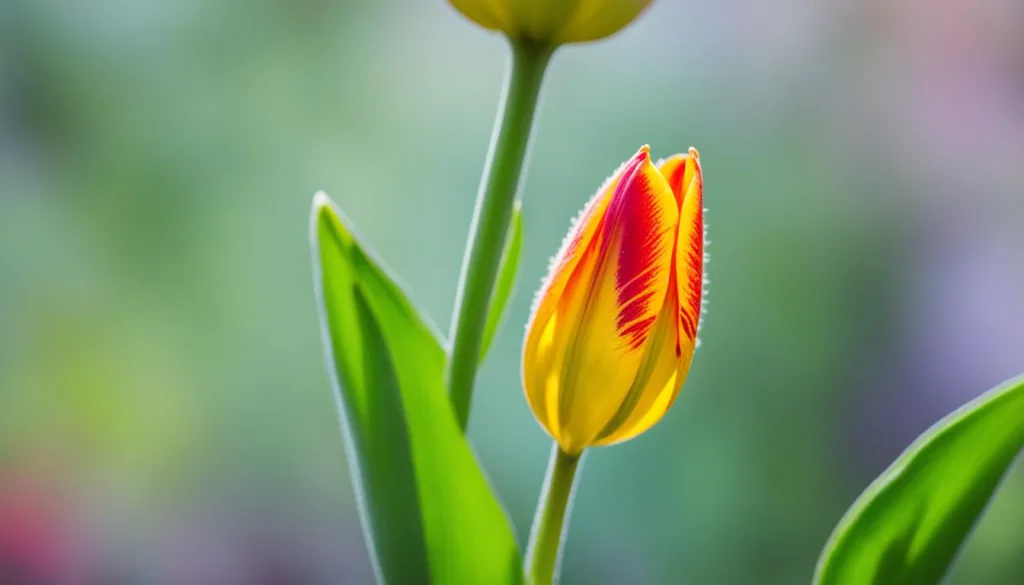
While tulips are generally not heavily prone to pests and diseases, it’s important to be aware of the common issues that may arise in Florida gardens.
Some common pests that can affect tulips in Florida include aphids and thrips. These tiny insects can feed on the foliage and flowers of the tulips, causing damage to their overall health and appearance.
- Aphids are small, soft-bodied insects that can be found in clusters on the stems or undersides of leaves. They can cause distortions in the growth of tulips and secrete a sticky substance known as honeydew, which can attract ants.
- Thrips are slender insects that feed on the buds and flowers of tulips. They can cause discoloration, stunted growth, and deformed flowers.
It’s important to monitor for any signs of infestation and take appropriate measures to control these pests.
Here are some steps you can take:
- Spray the affected tulips with a strong jet of water to remove aphids and thrips.
- Introduce natural predators such as ladybugs to control aphid populations.
- Use insecticidal soap or horticultural oil to treat severe infestations.
- Practice good garden hygiene by removing any debris or weeds that may harbor pests.
Tulips can also be susceptible to fungal diseases in Florida, such as blight or tulip fire. These diseases can cause rotting of bulbs, wilting of leaves, and overall decline of the plant.
If any bulbs or plants show signs of disease, it’s important to take immediate action to prevent the spread to other tulips.
Here are some measures you can take:
- Remove and dispose of any infected bulbs or plants to prevent the spread of fungal spores.
- Avoid overhead watering, as it can promote the development and spread of fungal diseases.
- Provide good air circulation and proper spacing between tulips to minimize the chances of disease transmission.
- Avoid planting tulips in areas with poor drainage, as excess moisture can create favorable conditions for fungal growth.
By being vigilant and taking proactive steps to manage pests and diseases, you can ensure the health and vitality of your tulips in your Florida garden.
Tips for Harvesting and Enjoying Tulips in Florida
When it comes to tulip harvesting in Florida, timing is key. To enjoy the fullest blooms, it’s best to cut the flowers just before the buds fully open. This ensures that you capture the beauty of the tulips at their peak.
When harvesting tulips, use clean and sharp garden shears or scissors. Cut the stems at a diagonal angle, which allows for better water absorption, and immediately place them in a vase filled with clean water. This helps to prevent the stems from sealing off and promotes better water intake.
To prolong the vase life of your tulips, there are a few extra steps you can take. First, change the water daily to prevent the build-up of bacteria that can shorten the life of the flowers. Additionally, recutting the stems every few days at a diagonal angle helps to ensure optimal water intake.
To provide extra nutrients for your tulips, you can add a commercial flower food to the water. These products contain a balanced mix of nutrients that can help extend the life of your cut tulips.
It’s important to keep the cut tulips in a cool room away from direct sunlight and heat sources. Tulips are sensitive to heat, and keeping them cool helps to slow down the opening of the blooms and preserve their freshness for a longer period.
By carefully enjoying tulips in Florida, you can bring a burst of color and beauty to your outdoor space or brighten up your indoor décor. Whether you display them in a vase or arrange them in floral arrangements, tulips are sure to add a touch of elegance and charm.
A well-arranged bouquet of tulips can be a stunning centerpiece for any occasion.
Conclusion
With the right care and attention, tulips can thrive in Florida gardens. By selecting the appropriate tulip varieties, providing proper planting and maintenance, and addressing any pest or disease issues, you can enjoy the beauty of tulip blooms in your Florida garden. Whether planted in the ground or in containers, tulips can provide a stunning display of color and bring joy to any garden space.
 Little Garden Tips
Little Garden Tips




